What do you get when you mix the laid-back charisma of Henry Winkler with the unpredictable, scene-stealing energy of Michael Keaton? The result is a comedy that has stood the test of time: Night Shift. Released in 1982, this quirky film became Ron Howard’s big directorial debut and remains a cult classic to this day.
Set in the chaotic world of a New York City morgue, Night Shift brought together an unlikely trio of talents: Henry Winkler, Michael Keaton, and Shelley Long. With its offbeat humor, unconventional storyline, and unforgettable performances, the movie became a standout of the decade. But what went on behind the scenes of this 80s gem? Let’s explore the fascinating secrets of Night Shift that make it such a beloved classic.
From Morgue to Madness
The film follows Chuck Lumley (Henry Winkler), a mild-mannered morgue worker who’s just trying to keep things simple on the night shift. Enter Bill Blazejowski (Michael Keaton), an eccentric and wildly ambitious new coworker who brings chaos wherever he goes. Together, they stumble upon an unusual business opportunity: running a high-end escort service from the morgue. As their plan unfolds, hilarity ensues, and their unlikely partnership leads to some of the funniest and most memorable scenes of the era.
What makes Night Shift special isn’t just its offbeat premise but the chemistry between its leads. Winkler’s restrained, quiet humor perfectly complements Keaton’s manic energy. Add Shelley Long’s charm as Belinda, a kindhearted but savvy neighbor-turned-business partner, and you have a recipe for comedy gold.
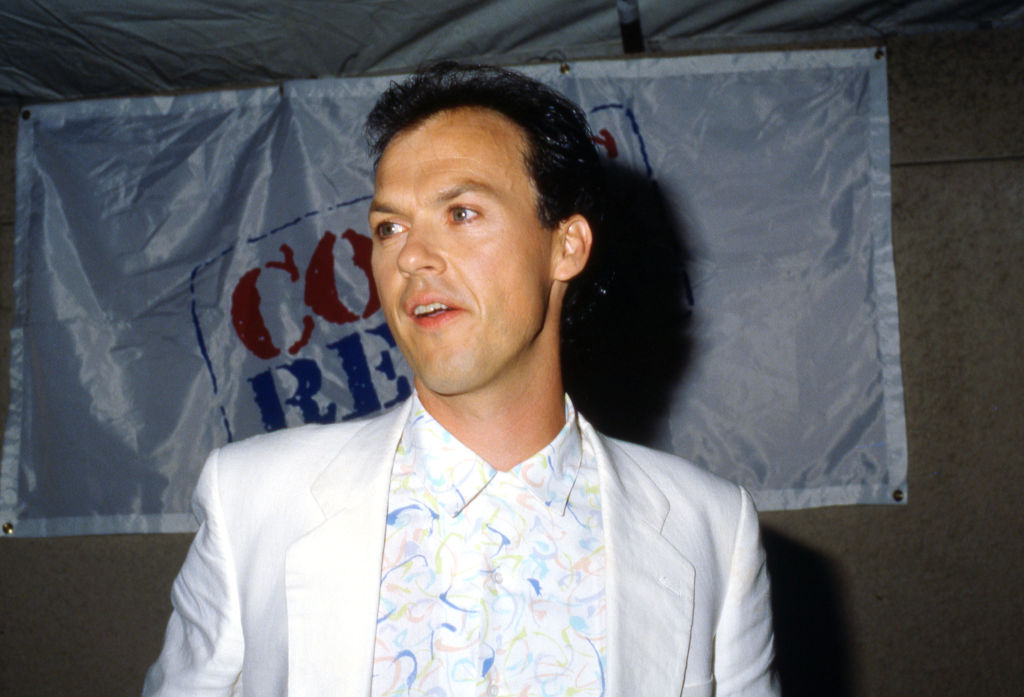
Michael Keaton’s Big Break
Before Night Shift, Michael Keaton was a relative unknown. He had appeared in a few minor projects but had yet to find a role that would catapult him to stardom. That all changed when he landed the part of Bill Blazejowski. Keaton’s fast-talking, improvisational style brought an infectious energy to the character, making him the standout star of the film.
Keaton’s journey to landing the role wasn’t easy. “I don’t know how many times I had to go back in and audition,” he recalled. “It was just callback after callback after callback.” Despite the grueling process, his talent won over the filmmakers. Ron Howard later revealed that writer Lowell Ganz championed Keaton, telling him, “Keaton is going to be a star for somebody, and he might as well be a star for us.”
Once cast, Keaton threw himself into the role. He even had a ritual to get into character: blasting Bruce Springsteen’s “10th Avenue Freeze-Out” to pump himself up before scenes. His performance was so electrifying that critics hailed him as a rising star, opening the door to a long and successful Hollywood career.
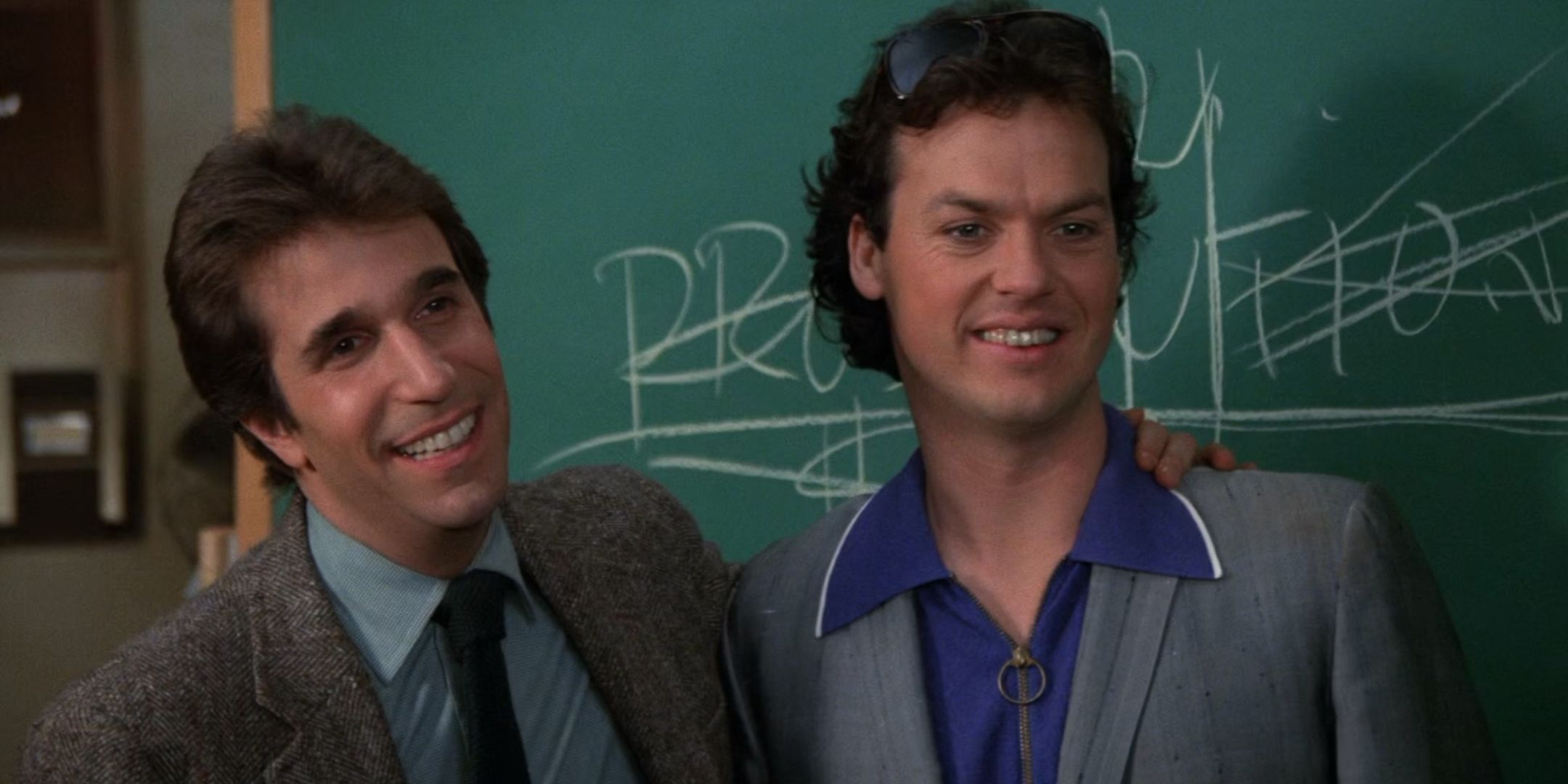
Henry Winkler’s Unlikely Choice
By the early 80s, Henry Winkler was a household name thanks to his role as “The Fonz” on Happy Days. But for Night Shift, Winkler made a surprising choice: he opted to play the timid, unassuming Chuck instead of the brash and bold Bill. It was a deliberate decision to step away from his typecast image and showcase his versatility as an actor.
Ron Howard, who directed Night Shift, credited Winkler with helping Keaton shine. “Henry was offered either part and he opted for the quieter one,” Howard explained. “Then he helped Michael steal the picture. He gave Michael a lot of choices and encouraged him to take scenes one step further.”
Although their on-screen chemistry was undeniable, Winkler admitted he initially had reservations about working with Keaton. “The guy’s talented, but I don’t know if I’m comfortable working with him,” he reportedly said during early rehearsals. Howard reassured him that their natural tension mirrored the dynamic between their characters, which ultimately added authenticity to their performances.
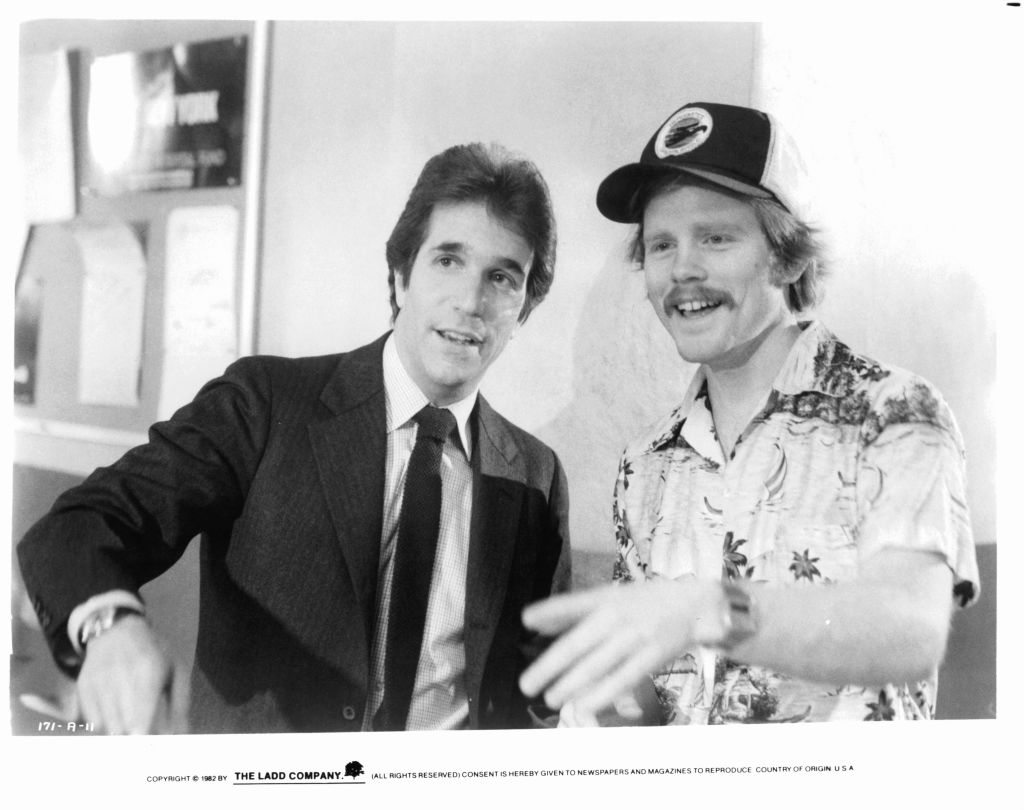
Shelley Long’s Reluctance
Shelley Long’s portrayal of Belinda, a sweet but strong-willed prostitute, added heart and humor to the film. However, Long was initially hesitant to take on the role. Concerned about the stigma associated with playing a sex worker, she took time to research the character before accepting the part. Once she committed, she fully embraced the role, even showing up to auditions dressed in character.
Ron Howard was impressed by her dedication. “She came to us dressed like a hooker, read with Henry, and was terrific right away,” he said. “Their scenes were already cooking, even on the videotape.” Critics praised Long’s performance, calling her “the happiest, most wholesome hooker you’ll ever see on screen.”
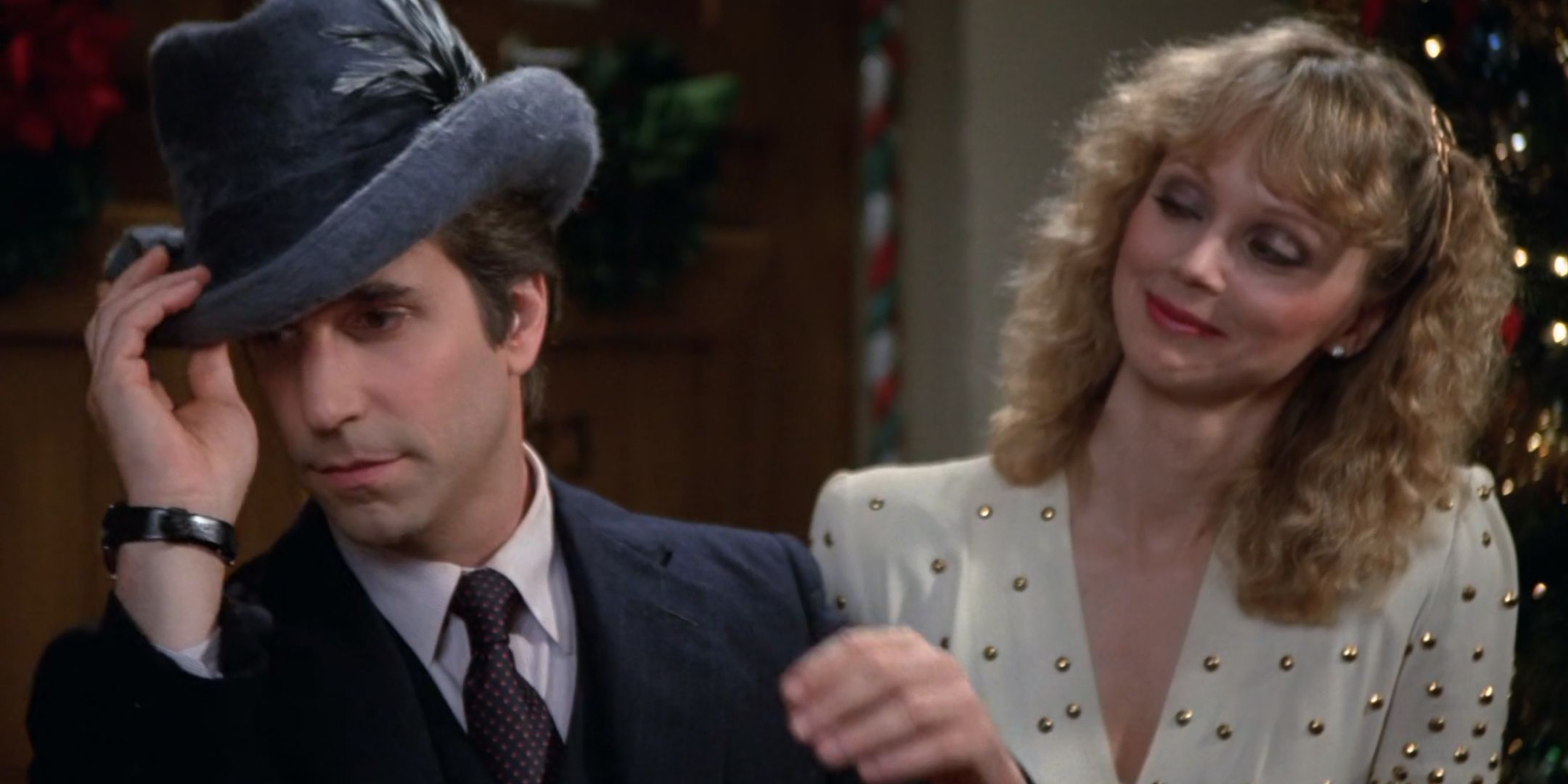
A Cast of Future Stars
Night Shift features several familiar faces in early roles. Kevin Costner makes a brief appearance as a frat boy at the morgue party, long before he became a leading man in Hollywood. Similarly, Shannen Doherty, just 11 years old at the time, appears as a “Bluebird” (a fictional version of a Girl Scout) in a memorable elevator scene.
Adding to the fun, Ron Howard made a couple of cameos himself. He appears as a saxophonist in the subway and can be spotted sharing a kiss with his wife Cheryl in one of the film’s street scenes. And, true to form, Howard included his brother Clint Howard in a quirky supporting role.
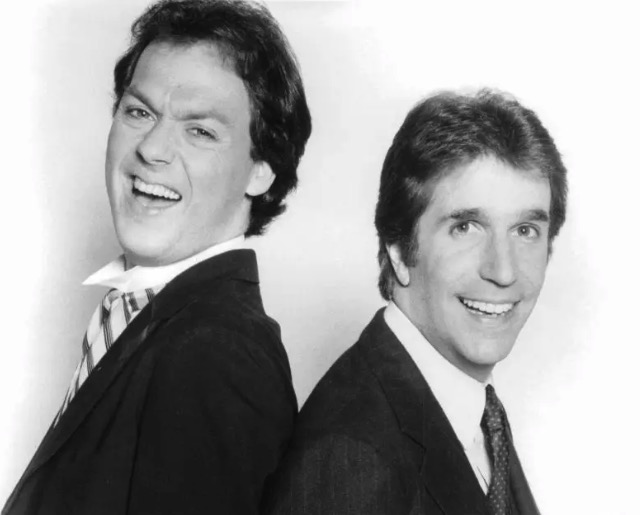
The Magic of Improvisation
One of the reasons Night Shift feels so fresh and spontaneous is the cast’s use of improvisation. Michael Keaton, in particular, brought his natural comic instincts to the set, creating moments of hilarity on the fly. One standout scene involves Keaton’s character writing a check for a blind man asking for spare change. The unexpected gesture perfectly encapsulates Bill’s chaotic charm.
Even small details, like Shelley Long’s “egg scene,” have become iconic. In the scene, Belinda offers to make Chuck scrambled eggs, but she’s clearly frying them. By the time she serves the dish, they’ve magically turned into scrambled eggs. It’s a minor continuity error, but it’s moments like these that add to the film’s quirky charm.
Music That Made History
The soundtrack of Night Shift is as memorable as the film itself. The movie introduced the world to “That’s What Friends Are For,” originally recorded by Rod Stewart for the soundtrack. A few years later, the song became a global hit when Dionne Warwick, Elton John, Gladys Knight, and Stevie Wonder recorded it as a charity single, raising millions for AIDS research.
The film also features music from iconic artists like Van Halen and the Rolling Stones, setting the tone for its lively, offbeat vibe.
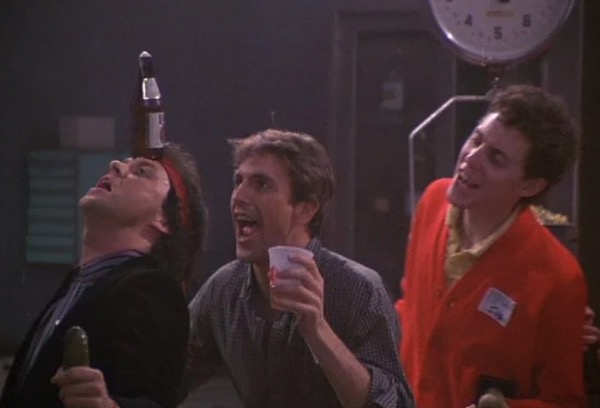
An 80s Time Capsule
Night Shift captures the spirit of the early 80s with its bold humor, offbeat premise, and unforgettable performances. It’s a story about unlikely friendships, personal growth, and finding connection in the most unexpected places. Whether it’s Keaton’s manic energy, Winkler’s understated charm, or Long’s endearing sincerity, the film has something for everyone.
Even decades later, Night Shift remains a beloved classic. Its blend of humor, heart, and memorable performances has ensured its place in the pantheon of great comedies. If you’ve never seen it, now’s the perfect time to dive into this quirky gem. And if you have, it’s always worth another watch to catch the little details and relive the magic.
So, what’s your favorite moment from Night Shift? Share this article with your friends and take a nostalgic trip back to one of the funniest films of its time!
